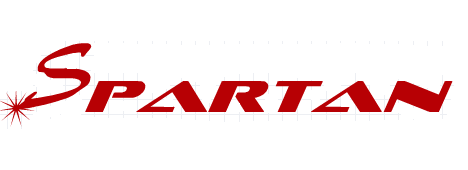
 |
| SPARTAN: SPAring Robotics Technologies for Autonomous Navigation | ||||||||||||||||||||||||||||||
| Funding: European Space Agency (ESA) | ||||||||||||||||||||||||||||||
| Project Summary: | ||||||||||||||||||||||||||||||
|
The exploration of Mars is one of the main goals for both NASA and ESA, as
confirmed by past and recent activities as well as future plans. Many of the key
questions in solar system science might be addressed in an effective manner at
Mars: the search for life, the understanding of the planets’ evolution, the
solar system history, or even the inventorying of useful resources for future
human exploration. The fact that Mars is also the more accessible and most
Earth-like planet of our solar system facilitates addressing these goals, making
the red planet the space exploration favourite target. The last 15 years have set the sequence for the exploration of Mars as follows: 1) to identify from orbit interesting scientific and landing sites, 2) to explore/search for water on the ground, and 3) to investigate about possible human habitability conditions. Both on-orbit and surface missions have achieved remarkable results. While multiple and valuable investigations can be made at the surface of Mars, there is a clear consensus within the scientific community that the major scientific objectives of Martian exploration can only be achieved with the return of a sample to Earth. Bringing Martian samples back to Earth would have the clear consequence of allowing intensive, different and detailed analysis of the collected Mars samples, even years after the return of the sample. The MSR scenario, as discussed at international level between NASA, ESA, CSA and JAXA within the iMARS would include two flight elements: an Orbiter and a Lander. The Orbiter and the Lander, launched separately to Mars, would work together to return at least a single Mars sample container back to Earth. After entering the Martian atmosphere, the Lander platform, featuring both a Sample Fetching Rover (SFR) and Mars Ascent Vehicle (MAV), would perform a soft landing on the Martian surface. The SFR will collect samples from the surface/subsurface, or pick up cached samples from a previous mission and return those back to the MAV. In both scenarios, emphasis is given to a reasonable mobility of such a rover, which must be at least in the range of future precision landing ellipse dimensions (< 10km) in the case of the SFR collecting cached samples or even up to 20 km in the scenario where the SFR will have to do the sampling. In line with the above reported consideration and the requirement posed by ESA, the objectives of the SPARTAN activity is to reduce as much as possible the overall budgets required by the rover navigation function while improving on its performances (i.e. accuracy of terrain reconstruction, probability to find paths) so to make the system compatible with the requirements of a long traverse range capability device. For this purpose, throughout the SPARTAN project, we aim to optimize the hardware implementation of the following sub-systems:
|
||||||||||||||||||||||||||||||
| Project Site:
http://proteas.physics.auth.gr/spartan/ |
||||||||||||||||||||||||||||||
| Consortium: | ||||||||||||||||||||||||||||||
|
||||||||||||||||||||||||||||||